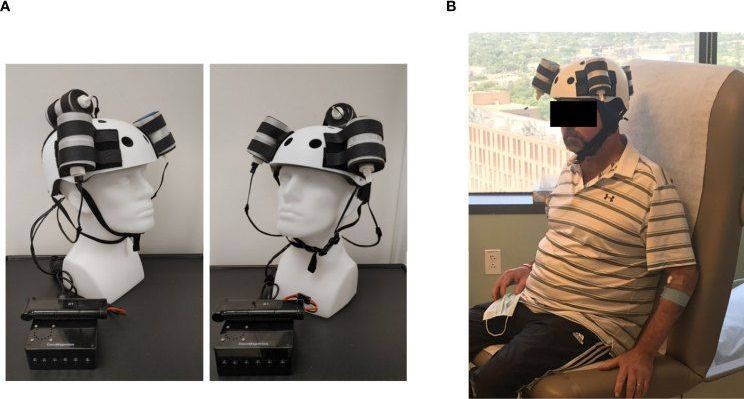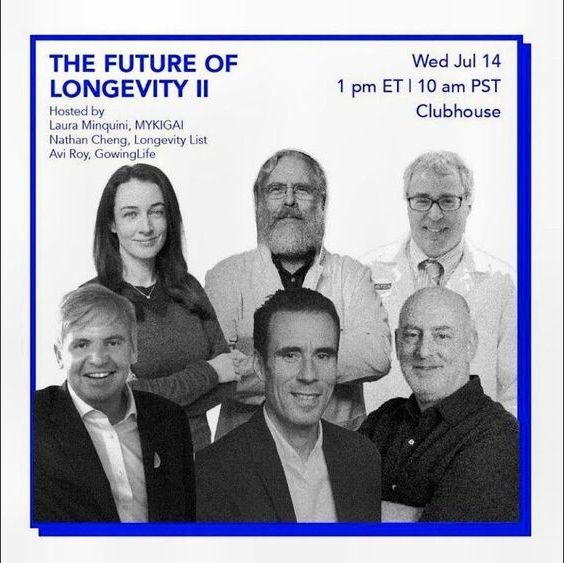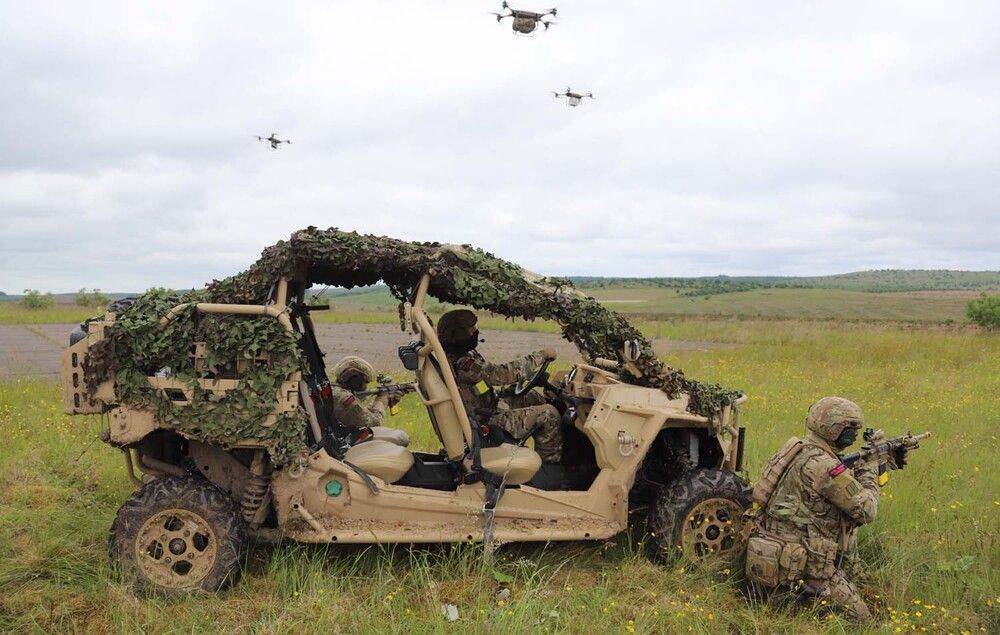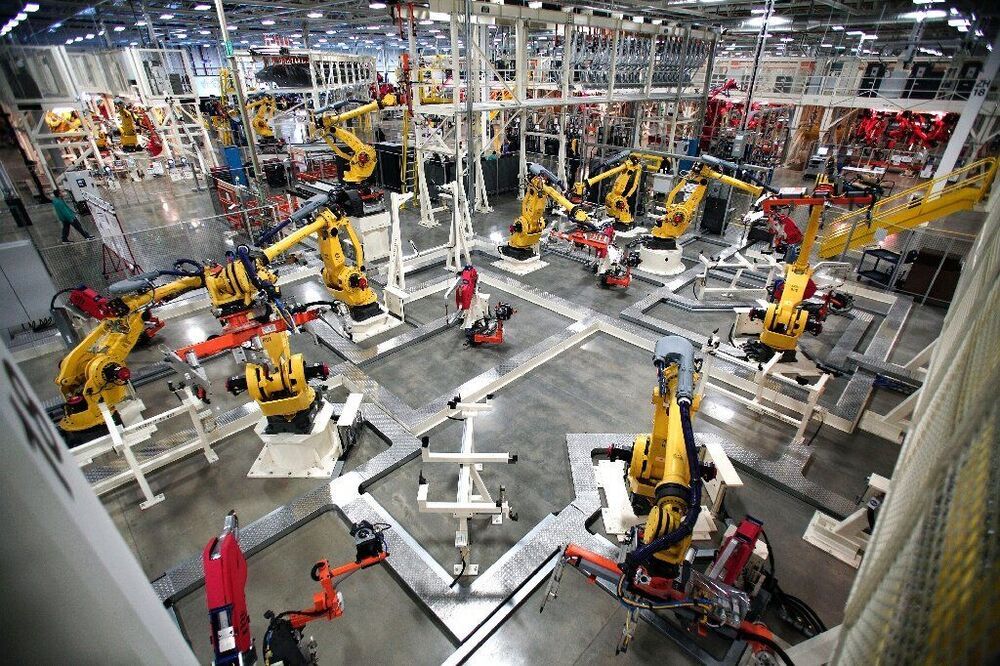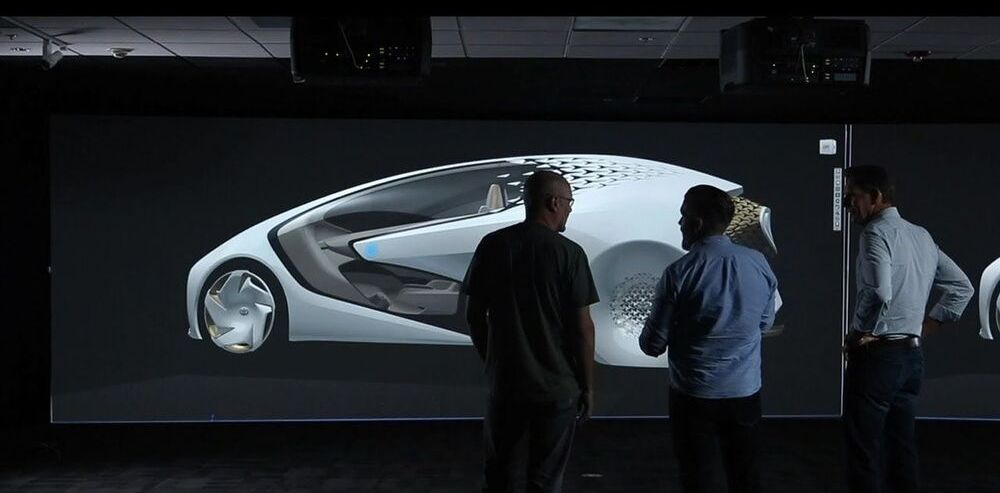We’ve seen helmets and AI that can spot brain tumors, but a new hard hat can actually treat them, too.
As part of the latest neurological breakthrough, researchers used a helmet that generates a magnetic field to shrink a deadly tumor by a third. The 53-year-old patient who underwent the treatment ultimately died due to an unrelated injury, but an autopsy of his brain showed that the procedure had removed 31% of the tumor mass in a short time. The test marked the first noninvasive therapy for a deadly form of brain cancer known as glioblastoma.
The helmet features three rotating magnets connected to a microprocessor-based electronic controller operated by a rechargeable battery. As part of the therapy, the patient wore the device for five weeks at a clinic and then at home with the help of his wife. The resulting magnetic field therapy created by the helmet was administered for two hours initially and then ramped up to a maximum of six hours per day. During the period, the patient’s tumor mass and volume shrunk by nearly a third, with shrinkage appearing to correlate with the treatment dose.
